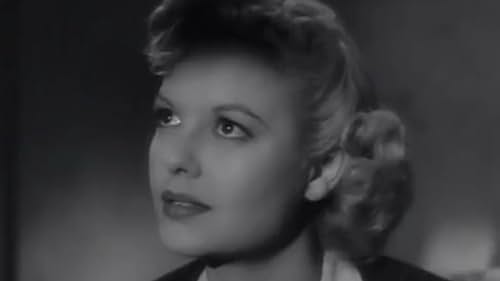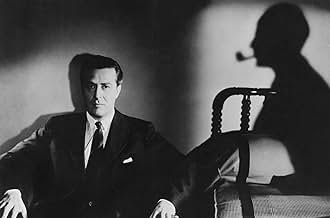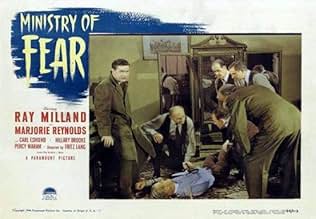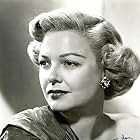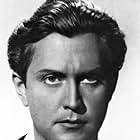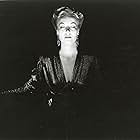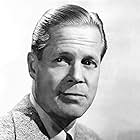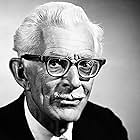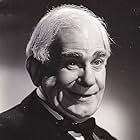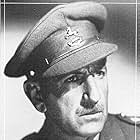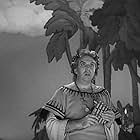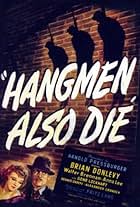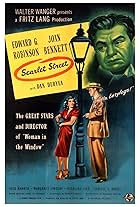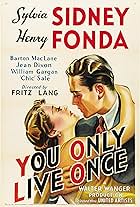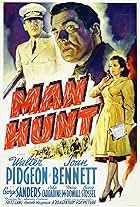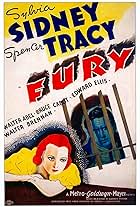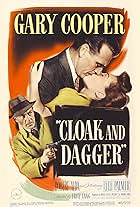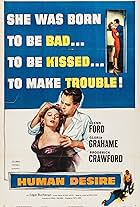IMDb RATING
7.1/10
9.2K
YOUR RATING
Stephen Neale has just been released from an asylum during World War II in England when he accidentally stumbles onto a deadly Nazi spy plot and tries to stop it.Stephen Neale has just been released from an asylum during World War II in England when he accidentally stumbles onto a deadly Nazi spy plot and tries to stop it.Stephen Neale has just been released from an asylum during World War II in England when he accidentally stumbles onto a deadly Nazi spy plot and tries to stop it.
Harry Allen
- Tailor's Delivery Man
- (uncredited)
Frank Baker
- Scotland Yard Man
- (uncredited)
Vangie Beilby
- Old Lady at Charity Bazaar
- (uncredited)
Wilson Benge
- Air Raid Warden
- (uncredited)
Evelyn Beresford
- Fat Lady at Charity Bazaar
- (uncredited)
Arthur Blake
- Man
- (uncredited)
George Broughton
- Man in Tailor's Shop
- (uncredited)
Leonard Carey
- Porter
- (uncredited)
Bruce Carruthers
- Police Clerk
- (uncredited)
- Director
- Writers
- All cast & crew
- Production, box office & more at IMDbPro
Storyline
Did you know
- TriviaDirector Fritz Lang was disappointed in "Ministry of Fear" because the producer and screenwriter, Seton I. Miller, were the same person, and Miller the producer wouldn't let Lang rewrite his script, which Lang said "had practically none of the quality of the Graham Greene book."
- GoofsWhen Neale gets off the train he leaves everything he has on board, including his hat. When he arrives at Rennit's office though, he has a hat.
- Quotes
Willi Hilfe: We thought you'd been killed.
Stephen Neale: Not quite.
- ConnectionsFeatured in Pulp Cinema (2001)
Featured review
Ministry of Fear is fun. It's lighter and less moody than one would expect from the premise of a man just out of a mental hospital being pursued by sinister forces, or from the knowledge that it was directed by Fritz Lang and based on a novel by Graham Greene. It certainly is not film noir, though Universal marketed the VHS release under that rubric.
In both spirit and look, Ministry of Fear resembles the war-aware Sherlock Holmes series that Universal was putting out at the time. If you, like me, have a taste for that bracing brew of riddles, perils, improbabilities, and good manners, you should enjoy this. You can even look forward to seeing some familiar faces from the casts of the Holmes films.
One day after watching Ministry of Fear for the first time, I can't remember a single exterior shot that seems to have been taken outdoors. There may be some, but the impression that remains is that the film was shot entirely under shelter, just in case the Nazis brought the Blitz to California. This dim, artificial "interior world" setting works in a casual way to achieve a dream-like quality. However, we never get the deliberately nightmarish artistic effects that made Lang's reputation. Promising scenes in a séance parlor or a fortune-teller's tent are developed only enough for narrative purposes, not for atmospheric ones. The resulting narrative is always engaging, but it never becomes involving. It doesn't systematically draw us into a labyrinth of intrigue like Hitchcock's Foreign Correspondent or Norman Foster's Journey into Fear, but entertains us with a string of incidents. It's as if Lang were skipping stones on a pond for our amusement instead of daring us to go in for a midnight swim.
That all sounds negative, but it simply means that Ministry of Fear succeeds in its mission: to show us a good time if we're prepared to have one. The tone is set by the casting of Ray Milland in the lead. Milland is a personal favorite among film protagonists, an everyman who enables everyboys to believe (however vainly) that they can grow up to be big, handsome, unmistakably well-bred, and equal to any challenge without selling their boyish, fun-loving souls. Milland had a maturely magisterial look about the eyes even in his youth; and yet even in later years, when he was the archetype of the self-possessed patrician, he seemed to delight in rolling those eyes or smiling with mischievous glee. His kind of everyman is an inverted, self-made kind. He might be, say, a younger son of a baronet: fully equipped with social graces and education, but unencumbered with responsibilities, appearances, or an embarrassing amount of money. We often find him dislocated from the well-ordered world that he was apparently born to, but destined to settle back into it when his high spirits have carried him through some danger. However saturnine he may look in a publicity still, he'll probably take us on a lark when the projector starts whirring. And so he does in Ministry of Fear.
The plot? Well, it's about a man just out of a mental hospital being pursued by sinister forces. He also pursues them in return. Along the way, he meets a young woman played by Marjorie Reynolds. When she starts to speak, it may seem for a moment that she's doing an awful British accent, but it turns out to be a tolerable German one. She plays a refugee from Austria who is running a charitable organization with her brother. What becomes of her, the brother, the private detective who serves as the hero's funny sidekick, or villain Dan Duryea (who supplies the awful British accent), must remain shrouded in deepest mystery until you see the film. When you do, please remember that Fritz Lang had to eat like everybody else, and just sit back while he entertains you.
In both spirit and look, Ministry of Fear resembles the war-aware Sherlock Holmes series that Universal was putting out at the time. If you, like me, have a taste for that bracing brew of riddles, perils, improbabilities, and good manners, you should enjoy this. You can even look forward to seeing some familiar faces from the casts of the Holmes films.
One day after watching Ministry of Fear for the first time, I can't remember a single exterior shot that seems to have been taken outdoors. There may be some, but the impression that remains is that the film was shot entirely under shelter, just in case the Nazis brought the Blitz to California. This dim, artificial "interior world" setting works in a casual way to achieve a dream-like quality. However, we never get the deliberately nightmarish artistic effects that made Lang's reputation. Promising scenes in a séance parlor or a fortune-teller's tent are developed only enough for narrative purposes, not for atmospheric ones. The resulting narrative is always engaging, but it never becomes involving. It doesn't systematically draw us into a labyrinth of intrigue like Hitchcock's Foreign Correspondent or Norman Foster's Journey into Fear, but entertains us with a string of incidents. It's as if Lang were skipping stones on a pond for our amusement instead of daring us to go in for a midnight swim.
That all sounds negative, but it simply means that Ministry of Fear succeeds in its mission: to show us a good time if we're prepared to have one. The tone is set by the casting of Ray Milland in the lead. Milland is a personal favorite among film protagonists, an everyman who enables everyboys to believe (however vainly) that they can grow up to be big, handsome, unmistakably well-bred, and equal to any challenge without selling their boyish, fun-loving souls. Milland had a maturely magisterial look about the eyes even in his youth; and yet even in later years, when he was the archetype of the self-possessed patrician, he seemed to delight in rolling those eyes or smiling with mischievous glee. His kind of everyman is an inverted, self-made kind. He might be, say, a younger son of a baronet: fully equipped with social graces and education, but unencumbered with responsibilities, appearances, or an embarrassing amount of money. We often find him dislocated from the well-ordered world that he was apparently born to, but destined to settle back into it when his high spirits have carried him through some danger. However saturnine he may look in a publicity still, he'll probably take us on a lark when the projector starts whirring. And so he does in Ministry of Fear.
The plot? Well, it's about a man just out of a mental hospital being pursued by sinister forces. He also pursues them in return. Along the way, he meets a young woman played by Marjorie Reynolds. When she starts to speak, it may seem for a moment that she's doing an awful British accent, but it turns out to be a tolerable German one. She plays a refugee from Austria who is running a charitable organization with her brother. What becomes of her, the brother, the private detective who serves as the hero's funny sidekick, or villain Dan Duryea (who supplies the awful British accent), must remain shrouded in deepest mystery until you see the film. When you do, please remember that Fritz Lang had to eat like everybody else, and just sit back while he entertains you.
- dmayo-911-597432
- Dec 19, 2013
- Permalink
- How long is Ministry of Fear?Powered by Alexa
Details
- Runtime1 hour 26 minutes
- Color
- Aspect ratio
- 1.37 : 1
Contribute to this page
Suggest an edit or add missing content


